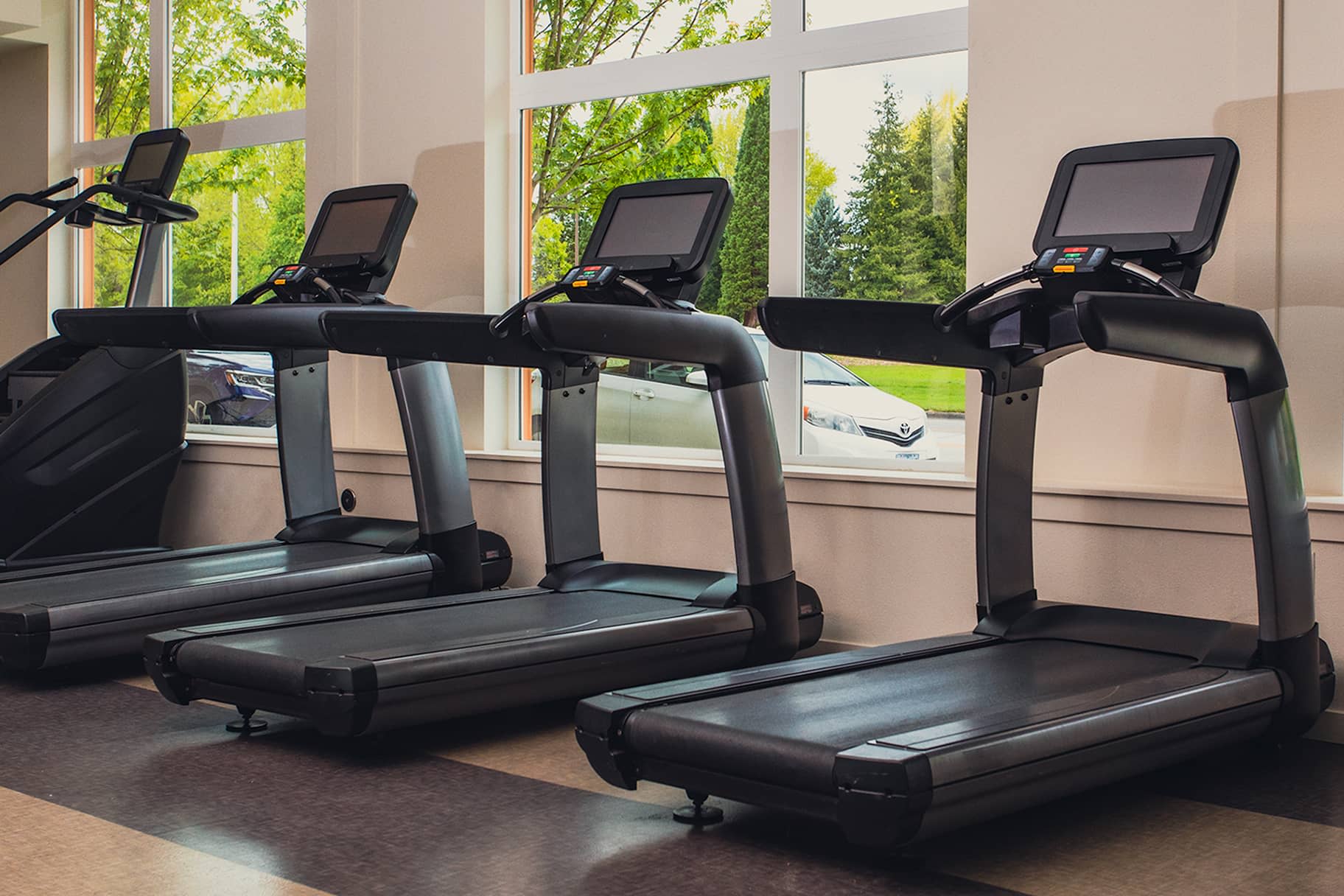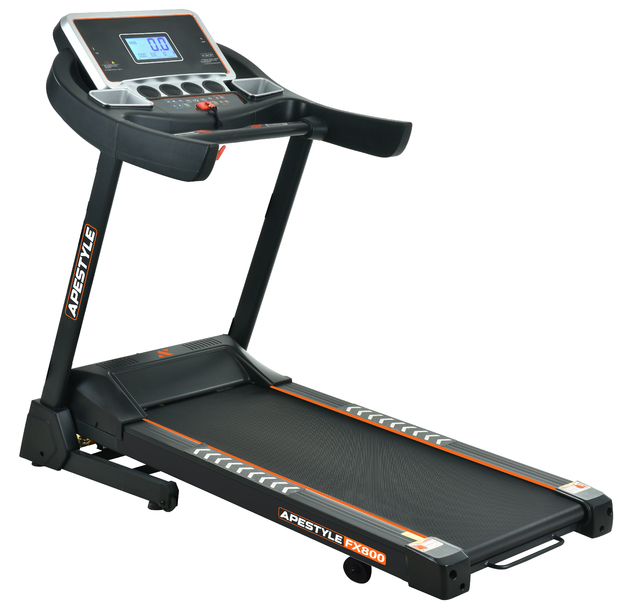
How Long Should You Run On A Treadmill?
Running on a treadmill is a good substitute for running outside when the weather is unfavorable, you want more control over your training, or you just want to change up your workout.
Since many treadmills now feature cutting-edge computer technology and media entertainment integration, you might find it more convenient than ever to run on a treadmill for a long time. However, your fitness objectives will really determine how long you should run on a treadmill.
Table of Contents
How Long Should You Run On A Treadmill?
Running on a treadmill has immediate advantages. Any form of exercise that you can regularly perform on a treadmill is beneficial. But the CDC advises jogging for 75 minutes a week to get the known health benefits. Vigorous physical activity is jogging or moving quickly.
You can break up the weekly 75 minutes into 10-minute chunks. You could therefore set aside 10 minutes per day, with one session lasting 15 minutes. However, having a day of rest is a good idea, so 15 minutes a day, five days a week, is sufficient. As long as it is convenient for when you can fit it into your schedule, you can divide it up however you like.
Your risk of developing many diseases, cancers, and heart issues will be lower as a result. Your muscles and bones are strengthened by it. Your mental and emotional well-being are enhanced. The average lifespan will increase. According to the CDC, you can reap even greater health benefits if you can double that amount of time, making it 150 minutes per week. Whatever you can squeeze into your schedule is a good thing.
How To Run On A Treadmill In A Good Way?
1. Weight-loss Goal
Running on a treadmill can aid in weight loss and maintenance when combined with a healthy diet and strength training. If you are a beginner with little running experience, start out by running for 15 minutes, three days a week, at a slow, comfortable pace.
You might even have to alternate between running and walking for a minute until you can run for the entire 15 minutes. To keep your weight within a healthy range, gradually increase the amount of time you spend running on a treadmill to 30 minutes per day, four days per week.
2. Improve Your Overall Fitness
Exercise should be done at a level of moderate to vigorous intensity if you want to increase your overall level of fitness. On the treadmill, pay attention to both the length of time you run and the level of intensity.
Run for 150 minutes each week at a moderate level of intensity or 75 minutes each week at a vigorous intensity level according to the Physical Activity Guidelines for Americans. To determine your level of intensity more accurately, wear a heart-rate monitor.
Combine moderate and vigorous treadmill training throughout the week as your level of fitness rises.

3. Train For A Short Race
Almost every weekend, you can find a road race nearby to participate in. The most popular distances are 5K or 3.1 miles. Establish a finishing-time target if you are preparing for a flat 5K race. For instance, if you are currently running nine minutes per mile, a reasonable 5K goal might be 27 minutes.
Depending on your training objectives for the day, run 2 1/2 to 5 miles per training session in the weeks leading up to your 5K road race at paces that are slightly slower, slightly faster, and right at your goal pace. This equals anywhere from 23 to 50 minutes of treadmill running. For a 5K, Mayo Clinic recommends a seven-week training schedule.
4. Train For A Long Race
Run for longer stretches of time on the treadmill when you are preparing for longer distances. A few weeks prior to the race, train on the treadmill by running for this amount of time if you plan to complete the upcoming half marathon in an hour and a half.
If you anticipate a hilly race, incline your treadmill runs by a certain amount. Although moving uphill will lengthen your treadmill workout by a few minutes, you will be faster, stronger, and more fit for your long, hilly race.
How To Use A Treadmill?
- Work on your form: Proper running form is the best way to burn calories and ensure your own safety as your fitness levels improve. Your balance and the amount of wear and tear that frequent jogging places on your body are both impacted by factors like stride length, stride rate, knee extension, speed, and touchdown points. Watch a lot of videos on the subject on websites like YouTube; once you have a good idea of what good running form entails, we advise practicing in front of a mirror to hone your form as you run. You can learn your rhythm more effectively by listening to music.
- Invest in the right footwear: Running-specific footwear cushions the impact of each step you take while running, which can help protect your knees and keep you safe. They’re also usually much more comfortable to exercise in and can actually help improve your athletic performance, too. In keeping with this, purchasing additional accessories like wrist and ankle weights, a real heart rate monitor, and workout attire can all significantly enhance the experience of treadmill running.
- Fuel up right: Although calorie intake is important for weight loss, depriving yourself before a treadmill run is typically not the best course of action. Fasted cardio is one awesome tactic to employ when losing weight, but the energy you expend will deplete you; even if you do prefer to run on an empty stomach, recovery meals and shakes afterward are a must at the very least. Your body can develop new muscle mass and maintain the existing muscle mass better when it is well-fed. Without the right diet, burning belly fat by running on a treadmill might be more difficult; your metabolism will be slower, and you may not have the stamina to work out at length.
- Listen to your body: One of the greatest health benefits that a new treadmill routine may offer: you might actually become more motivated to continue after you finally begin. When we’re restless, nothing sounds better than an intense workout, which some people refer to as the “runner’s high.” Having said that, you shouldn’t ignore your body’s signals to rest if it asks for it. You can stay aware of your body’s needs at any time by eating healthily, exercising, meditating, and self-care. If you’re feeling tired, try not to push yourself to run quickly; an afternoon off might be just what the doctor ordered.
Conclusion
A good general rule of thumb is to increase your speed by 0.5 mph and your run time by 1 minute every other workout. You shouldn’t go faster than four miles per hour when running. When running, you should always pay attention to your form.
You’ll be less likely to sustain an injury if you run properly. The treadmill can be a very useful tool in your weight loss toolbox if used correctly. Just keep in mind to increase your speed gradually to prevent injuries and advance safely and successfully.